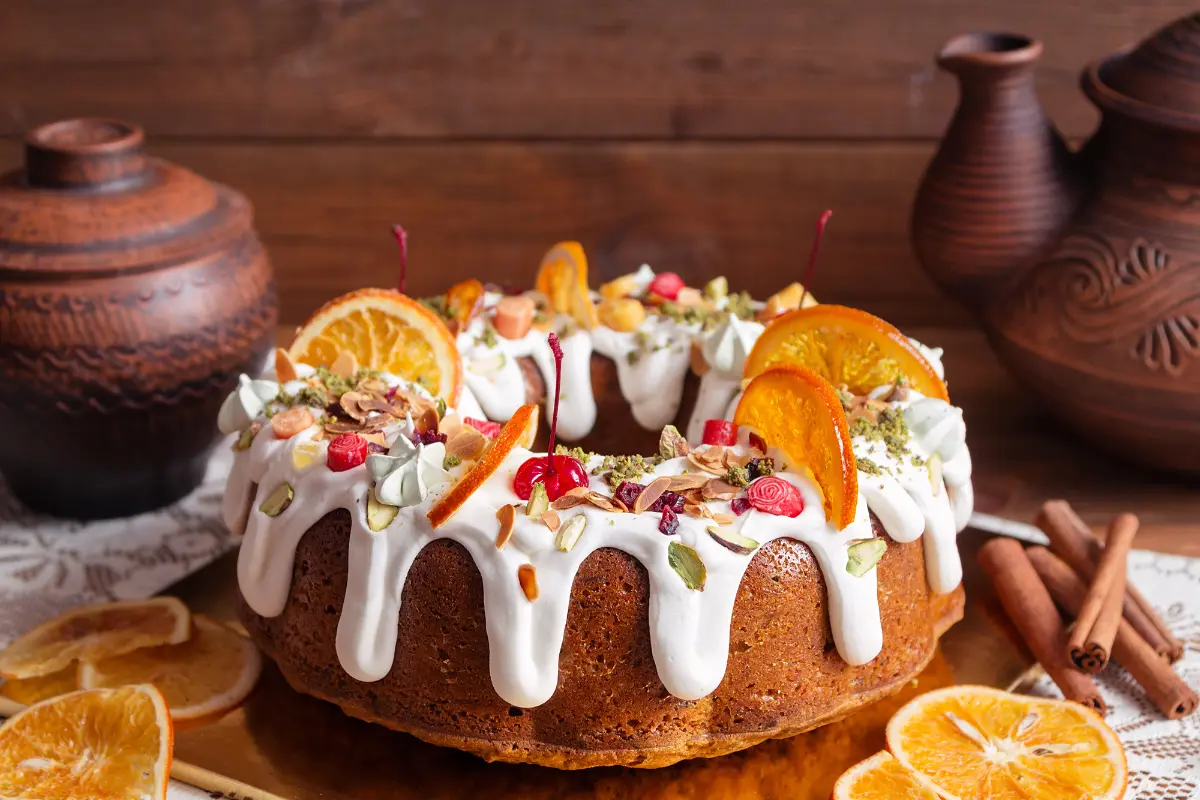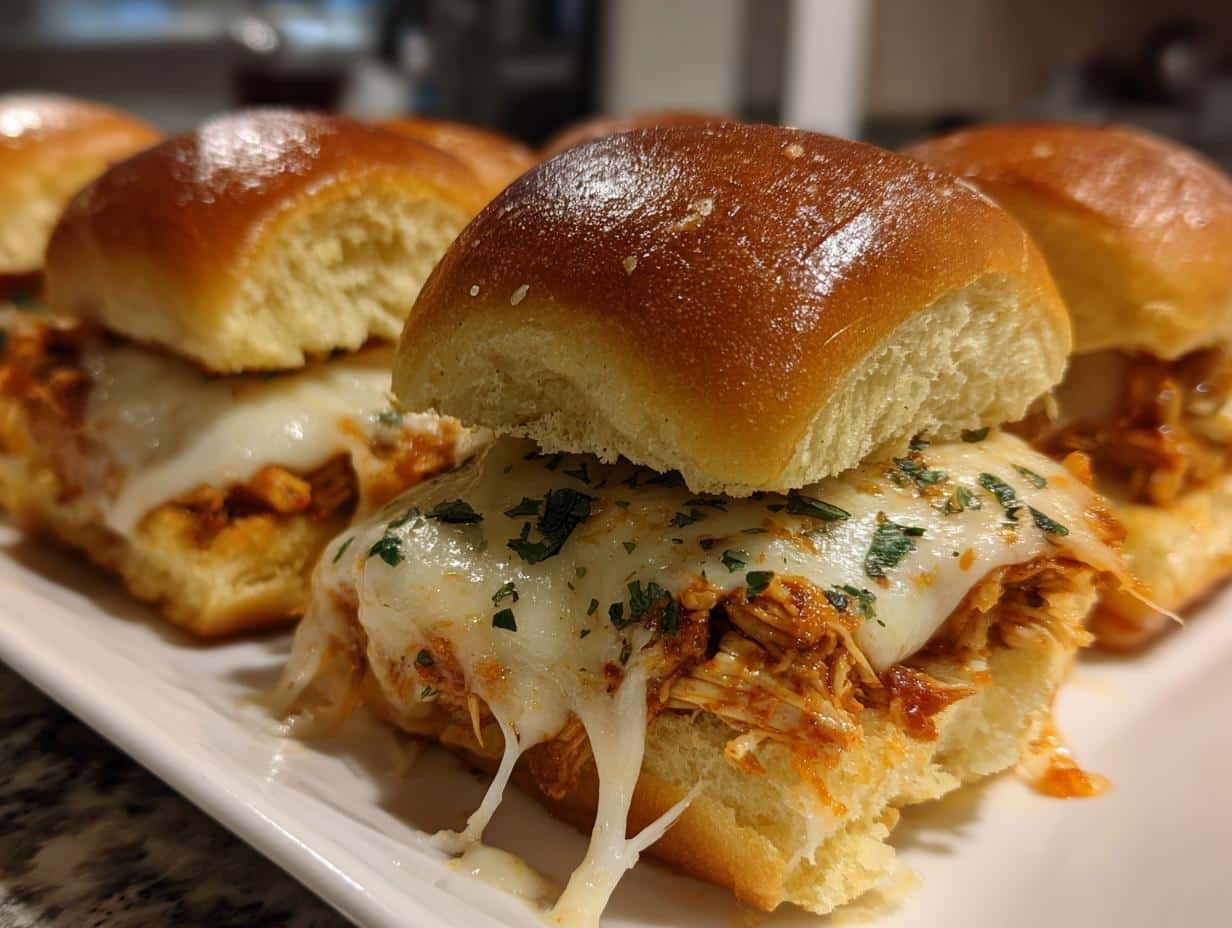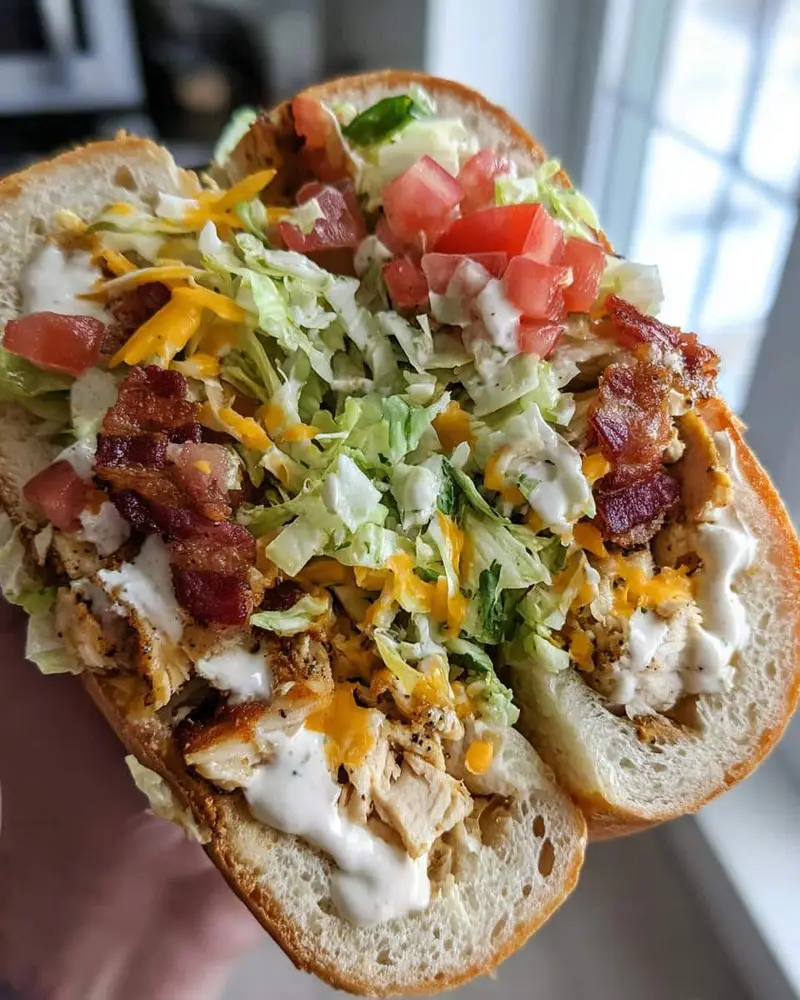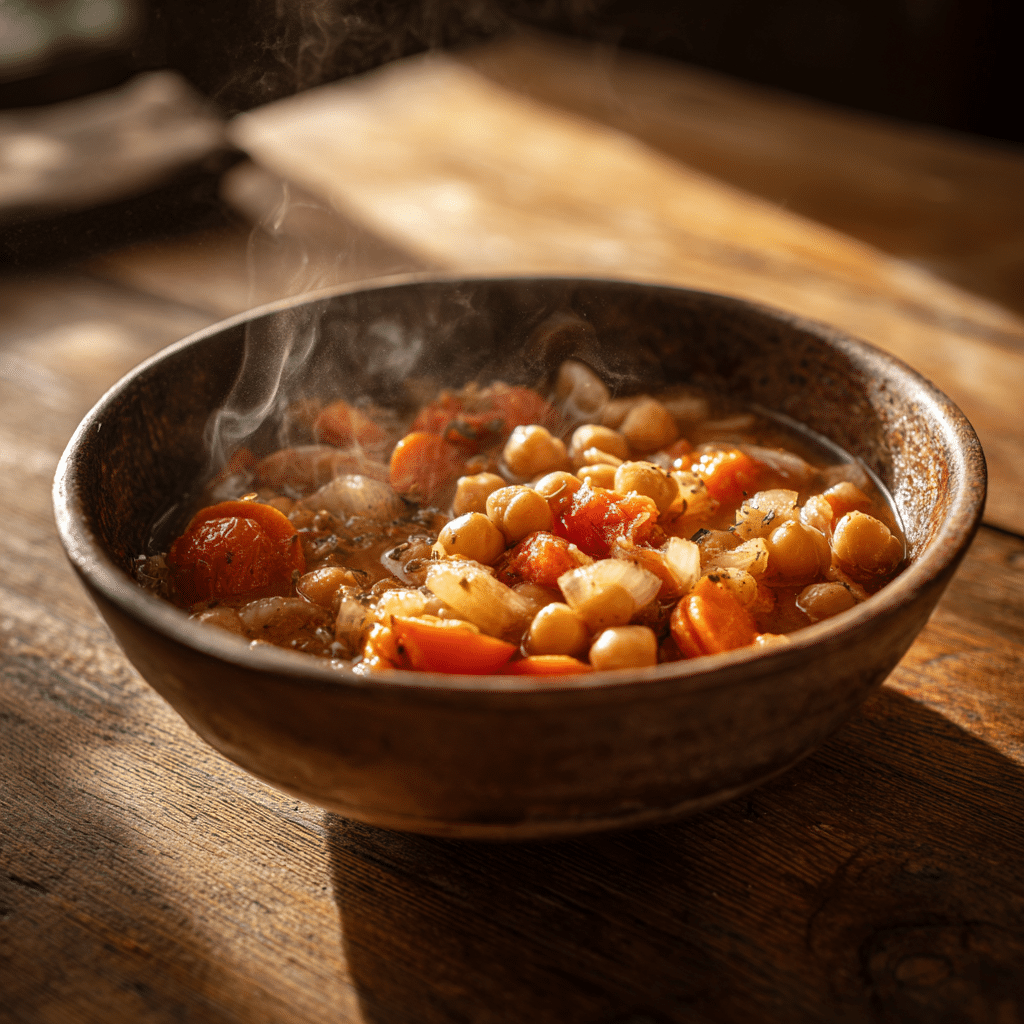In the enchanting world of desserts, where sweetness meets creativity, the Bundt cake stands out as a testament to simplicity and elegance. This article embarks on a delightful journey through the essence of what makes a Bundt cake not just a treat for the taste buds but a feast for the eyes. From its humble beginnings to the intricacies of its preparation. We’ll uncover the secrets behind the ingredients that make up this beloved dessert, the art of baking it to perfection, and the myriad ways to adorn it. Whether you’re a seasoned baker or new to the culinary arts. This guide promises to enhance your understanding and appreciation of the Bundt cake, ensuring that your next baking adventure is as rewarding as it is delicious.
Part 1: Introduction to Bundt Cake
Ah, the Bundt cake—a marvel of the baking world, where simplicity and sophistication intertwine like the intricate patterns of its pan. But what exactly is a Bundt cake, and why has it captured the hearts of dessert lovers everywhere?
Understanding Bundt Cake
At its core, a Bundt cake is more than just a dessert; it’s a celebration of culinary tradition and innovation. Originating from the German word “bundkuchen,” meaning “a cake for gatherings,” the Bundt cake has evolved from a European delicacy to a global phenomenon, beloved for its distinctive ring shape and decorative flair.
The secret to its charm lies in the Bundt pan itself—a sculptural masterpiece, designed to turn the simplest of batters into a work of art. But don’t let its elegance fool you; the Bundt cake is as versatile as it is beautiful, accommodating a wide array of flavors and ingredients, from the richness of chocolate to the zest of lemon.
Whether you’re drawn to its aesthetic appeal or the promise of a moist, flavorful crumb, the Bundt cake offers something for everyone. And with just a few basic ingredients—flour, sugar, eggs, and butter—you’re well on your way to creating a dessert that’s as delightful to make as it is to devour.
So, why not dive into the world of Bundt cakes? With a dash of creativity and a sprinkle of love, you’re bound to discover the joy of baking and sharing these delightful treats. After all, in the realm of desserts, the Bundt cake reigns supreme, a symbol of gatherings, joy, and the simple pleasures of life.
For those eager to master the art of Bundt cake baking, King Arthur Baking offers Expert Bundt Baking Tips that are sure to elevate your baking game. From choosing the right pan to achieving the perfect glaze, their wisdom is a treasure trove for any Bundt enthusiast.
Part 2: Anatomy of a Bundt Cake
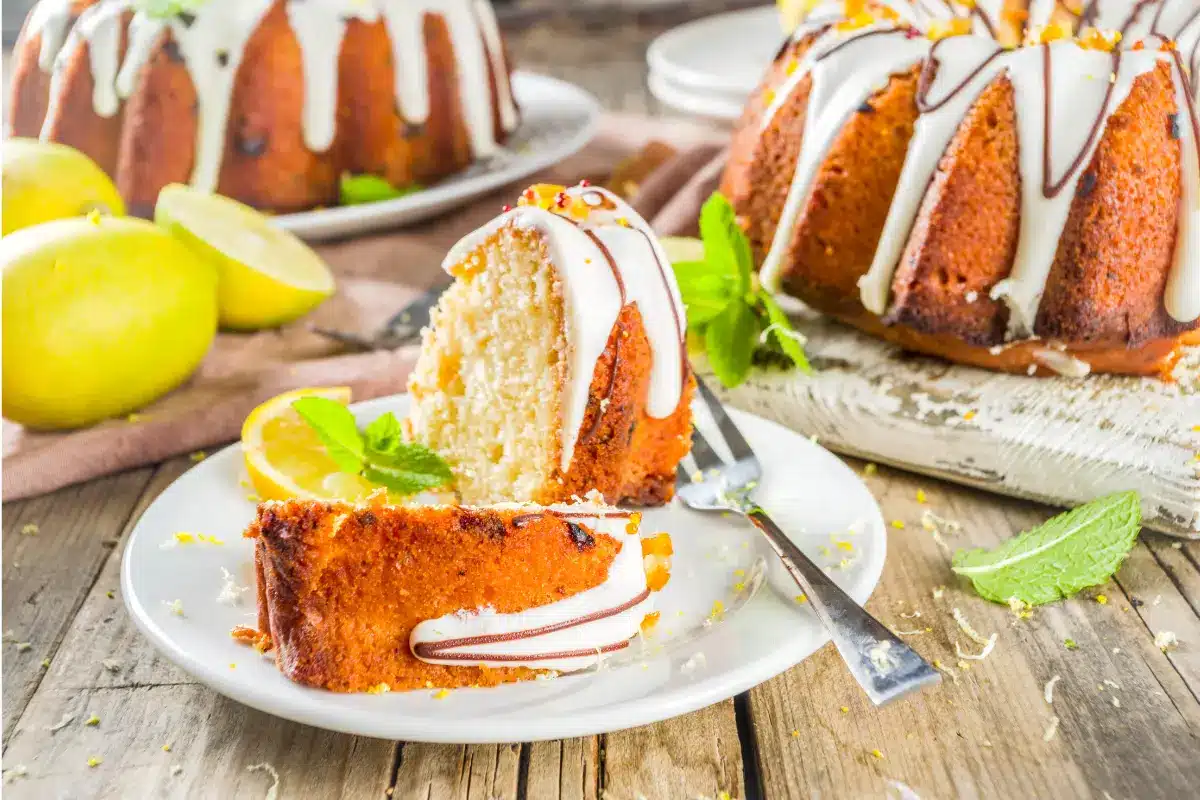
Diving deeper into the world of Bundt cakes, it’s time to unravel the mystery of what goes into making these delightful treats. At first glance, the ingredients might seem quite ordinary, but it’s the harmony among them that creates something truly extraordinary.
Essential Ingredients
The Basics
Every Bundt cake begins with its foundation: flour, sugar, eggs, and butter. These staples, when whisked together, form the backbone of countless variations. Flour provides the structure, sugar sweetens the deal, eggs bind the mixture, and butter adds a luxurious richness. Yet, it’s the proportions and the way these ingredients are combined that make each Bundt cake a unique masterpiece.
Flavor Variants
The beauty of a Bundt cake lies in its adaptability. Chocolate lovers might lean towards a decadent chocolate Bundt cake, where cocoa powder or melted chocolate takes center stage. For those who prefer a tangy twist, a lemon Bundt cake offers a refreshing zest that’s hard to resist. Vanilla, not to be overlooked, serves as a classic choice, providing a warm, comforting aroma that evokes nostalgia.
The Bundt Pan
Material and Design
The Bundt pan is the heart of the matter, the vessel that transforms a simple batter into a sculptural delight. Whether made of aluminum, silicone, or non-stick materials, each pan imparts its own character to the cake. Aluminum pans, for instance, are revered for their even heat distribution, ensuring a perfectly baked cake every time.
Impact on Baking
But it’s not just the material that matters; the design of the pan plays a pivotal role in the cake’s final appearance. The intricate grooves and patterns of a Bundt pan are designed not only for beauty but also for function, allowing heat to circulate freely and bake the cake evenly. This ensures that every nook and cranny is cooked to perfection, resulting in a cake that’s as pleasing to the eye as it is to the palate.
In essence, the anatomy of a Bundt cake is a testament to the art and science of baking. From the selection of ingredients to the choice of pan, every decision contributes to the creation of a dessert that’s both a visual and culinary delight. As we continue our exploration, remember that the journey of baking is as rewarding as the destination. So, why not don your apron, preheat your oven, and let the magic of Bundt cake baking begin?
For those embarking on this baking adventure, remember that the right tools and techniques are key to success. Nordic Ware, the pioneer of the Bundt pan, offers a fascinating glimpse into The History of the Bundt Pan, providing not just context but also inspiration for your next baking project.
In the section “Part 2: Anatomy of a Bundt Cake”, when discussing “Flavor Variants”, you can embed a link in the phrase “chocolate Bundt cake” to the Chocolate Olive Oil Cake recipe. This provides readers with a specific example of a chocolate-flavored cake, enriching their understanding of flavor variations in Bundt cakes.
- Link: Chocolate Olive Oil Cake
Part 3: Making a Bundt Cake
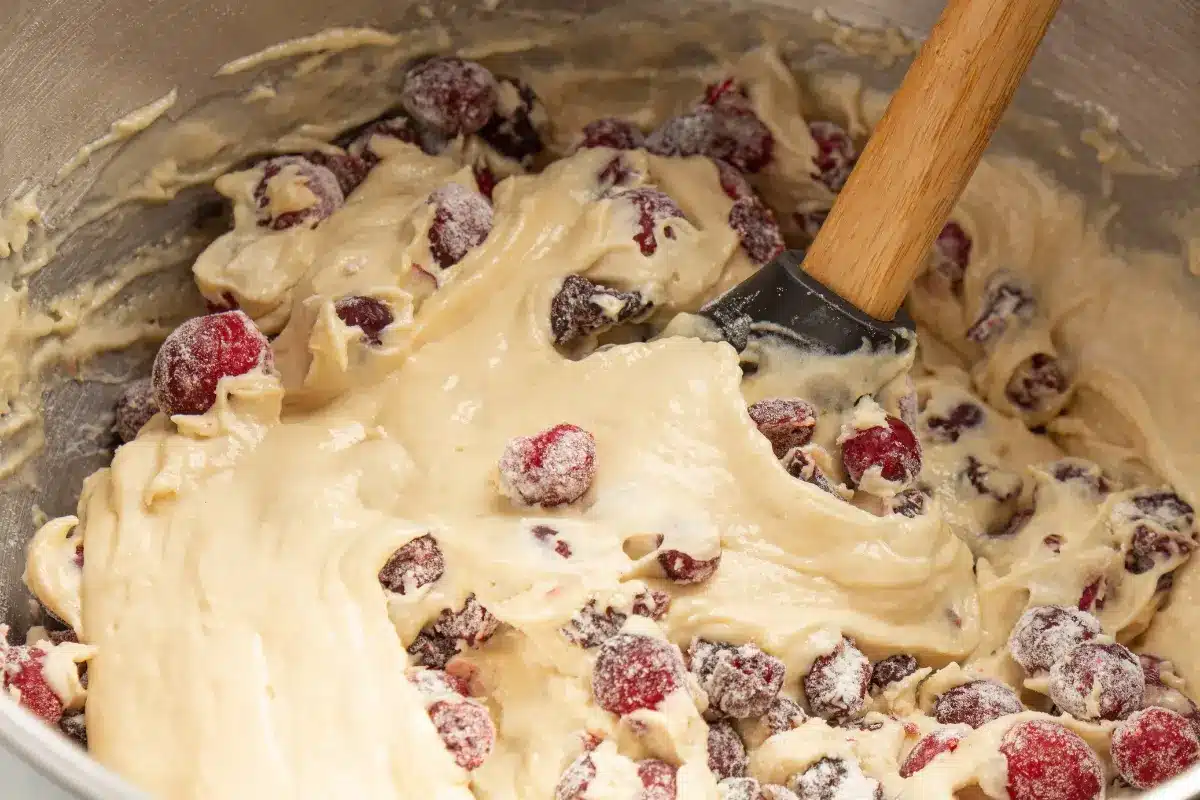
Embarking on the journey of making a Bundt cake is akin to setting off on a culinary adventure, where precision meets creativity, and the reward is as sweet as it is satisfying. Let’s roll up our sleeves and dive into the heart of Bundt cake baking, where every step is a building block to perfection.
Step-by-Step Baking Guide
Preparing the Batter
The alchemy of baking begins with the batter. Start by creaming together butter and sugar until the mixture is light and fluffy, a process that introduces air into the batter, promising a cake that’s tender and rich. Next, eggs are added one at a time, each fully incorporated before introducing the next, ensuring a smooth, homogenous mixture.
Alternating between dry and wet ingredients is next on the agenda. This step-by-step dance ensures that the flour doesn’t overwhelm the mixture, maintaining a balance that prevents the cake from becoming too dense. Remember, the key is not to overmix; you’re aiming for a batter that’s just right, where each ingredient is harmoniously blended.
Baking Techniques
With the batter ready, it’s time to turn our attention to the Bundt pan. Greasing the pan thoroughly cannot be overstated; it’s the secret to a cake that releases effortlessly, showcasing the intricate design of the pan. Pour the batter in, smooth the top, and gently tap the pan on the counter to remove any air bubbles.
As the cake bakes, the aroma filling your kitchen is a reminder of the magic taking place. Bundt cakes require a bit longer in the oven than their counterparts, due to their dense nature. Patience is key. A skewer or toothpick inserted into the thickest part of the cake should come out clean when it’s done.
Cooling and Releasing the Cake
Once out of the oven, the cake needs to cool in the pan for about 10 minutes. This rest period allows the cake to firm up enough to be removed without breaking. Inverting the pan onto a wire rack and giving it a gentle tap should see the cake release smoothly, revealing the beautiful pattern that’s been imprinted on its surface.
Common Variations
Glazes and Toppings
A Bundt cake, with its elegant contours, needs little adornment. Yet, a simple glaze or dusting of powdered sugar can elevate it from delightful to divine. For a glaze, mix powdered sugar with a little milk or citrus juice until you achieve a pourable consistency, then drizzle over the cooled cake. The glaze settles into the grooves, highlighting the cake’s design.
Mix-ins and Flavorings
The versatility of Bundt cakes means the sky’s the limit when it comes to flavors. Fold in fruits, nuts, or chocolate chips for texture, or infuse the batter with spices, zests, or extracts to suit your taste. Each addition not only introduces a new layer of flavor but also makes the cake uniquely yours.
In the realm of Bundt cake baking, every step is an opportunity to infuse love and creativity into your creation. Whether you’re baking for a special occasion or simply to bring a little joy into your day, the process is as rewarding as the slice you’ll eventually savor.
For a treasure trove of recipes and inspiration, Allrecipes is a fantastic resource. Dive into their collection of Diverse Bundt Cake Recipes to find your next baking project, from the classic chocolate Bundt to innovative flavors that will surprise and delight.
In the section “Part 3: Making a Bundt Cake”, within the “Common Variations” subsection, where “Glazes and Toppings” are mentioned, you can link the word “glaze” to the article titled “Bundt Cake Recipes: Master Baking & Decorating”. This link will offer readers additional insights into how they can decorate their Bundt cakes with various glazes and toppings.
Part 4: Decorating Bundt Cakes
After the baking adventure, we arrive at a stage where creativity knows no bounds—decorating the Bundt cake. This is where the cake transforms from a baked good to a centerpiece, a visual treat that beckons you to take a bite. The unique design of Bundt cakes means they require little embellishment, yet with a few simple touches, they can be elevated to show-stopping levels.
Simple to Sophisticated
Dusting and Drizzling
Sometimes, less is indeed more. A light dusting of powdered sugar over the top of your Bundt cake can add a touch of elegance and sweetness. Enhancing its intricate design. For those looking for a bit more flair without overcomplicating things, a drizzle of glaze can do wonders. The glaze follows the cake’s contours, creating a beautiful contrast that’s as appealing to the eye as it is to the palate.
Elaborate Decorations
For those special occasions or when you’re feeling particularly inspired, taking your decorations up a notch can transform your Bundt cake into a masterpiece. Edible flowers, candied citrus peels, or berries can add color and texture, making the cake even more irresistible. Piping a simple border or designs with buttercream or cream cheese frosting can also add a touch of sophistication, turning your Bundt cake into a work of art.
The beauty of decorating Bundt cakes lies in the balance between the cake’s natural elegance and the personal touches you add. Whether you choose to keep it simple or go all out, the key is to complement the cake without overshadowing its inherent charm.
In the world of Bundt cake decoration, the only limit is your imagination. Each cake is a blank canvas, ready to be adorned with your unique creative vision. Whether you’re celebrating a milestone, a holiday, or simply the joy of baking, a well-decorated Bundt cake is a testament to the love and care that went into its creation.
In the “Part 4: Decorating Bundt Cakes” section, when you talk about the “Elaborate Decorations” and mention “edible flowers”, it would be a great opportunity to link to the article “Why Bundt Cakes Are Irresistibly Good: A Delicious Deep Dive”. This can provide readers with a deeper understanding of why Bundt cakes are so appealing, including their decorative aspects.
Part 5: FAQs
In the world of Bundt cakes, questions abound, from the curious beginner to the seasoned baker. Here, we address some of the most frequently asked questions, shedding light on common curiosities and concerns. After all, every baker’s journey is sprinkled with queries, and it’s through these questions that we learn and grow.
Frequently Asked Questions
Can I convert a regular cake recipe for a Bundt pan?
Absolutely! Most standard cake recipes can be adapted for a Bundt pan. However, it’s crucial to consider the volume of the Bundt pan compared to traditional cake pans. A standard Bundt pan typically holds about 10 to 12 cups of batter, equivalent to a two-layer cake. Adjust the baking time accordingly, as Bundt cakes often require a longer baking period due to their density.
How do I prevent my Bundt cake from sticking to the pan?
The key to a perfectly released Bundt cake lies in the preparation of the pan. Ensure you generously grease every nook and cranny of the pan, using butter or shortening, and don’t forget to dust it lightly with flour. Some bakers swear by a baking spray that contains flour for an even easier release. After baking, allow the cake to cool in the pan for about 10 minutes before attempting to invert it. This slight cooling period helps the cake to set and detach more easily from the pan’s intricate design.
Why is my Bundt cake dry?
A dry Bundt cake can result from several factors, such as overbaking or not enough moisture in the batter. To avoid this, ensure your ingredients, especially eggs and butter, are at room temperature to create a more emulsified batter. Additionally, keep a close eye on the baking time and test for doneness with a skewer or toothpick. If it comes out clean, your cake is ready to come out of the oven. Remember, ovens can vary, so it’s essential to know how yours performs and adjust the baking time as needed.
Can I use fresh fruits in my Bundt cake?
Incorporating fresh fruits into your Bundt cake can add a delightful burst of flavor and moisture. However, it’s important to coat the fruit pieces lightly in flour before folding them into the batter. This helps to prevent them from sinking to the bottom during baking. Be mindful of the water content in the fruit, as too much can affect the cake’s structure. Opt for firmer fruits or those with lower moisture content for best results.
Bundt cakes, with their elegance and versatility, invite a world of baking exploration. Whether you’re navigating the basics or experimenting with new flavors and techniques, every question and answer leads you closer to mastering the art of Bundt cake baking. So, preheat your oven, gather your ingredients, and embrace the journey with confidence and curiosity. After all, each baking adventure brings its own set of lessons and delights, culminating in the joy of sharing your creations with others.
Part 6: Conclusion
As our journey through the delightful world of Bundt cakes comes to a close, we reflect on the myriad of lessons learned, from the simplicity of mixing batter to the artistry of decoration. Bundt cakes embody the essence of baking, where tradition meets creativity, resulting in a dessert that’s as timeless as it is versatile.
The beauty of a Bundt cake lies not just in its distinctive shape or the intricate design of the pan but in the stories it tells. Each cake, with its unique blend of flavors and decorations, carries with it the joy of creation. The warmth of sharing, and the love of those who gather to partake in its sweetness. Whether it’s a simple afternoon tea, a festive celebration, or a quiet moment of reflection. A Bundt cake has the power to elevate any occasion.
In embracing the world of Bundt baking, we’ve discovered that success lies in the balance of following tried-and-true techniques while daring to experiment with new ideas. The questions we’ve asked along the way have not only deepened our understanding but have also sparked a curiosity that drives us to explore further.
Thank you for joining us on this exploration of Bundt cakes. May your kitchen be filled with the aroma of baking cakes. The warmth of shared experiences, and the joy of creating something beautiful and delicious. Happy baking!
When you reflect on the “timeless as it is versatile” nature of Bundt cakes. Embed a link that leads to an article discussing the rise to popularity of Bundt cakes in America. This will provide readers with a sense of the cultural impact and enduring appeal of Bundt cakes.
- Suggested link: Minnesota’s Bundt Cake History . For a narrative on how Bundt cakes gained widespread popularity, particularly through the Pillsbury Bake-Off.
